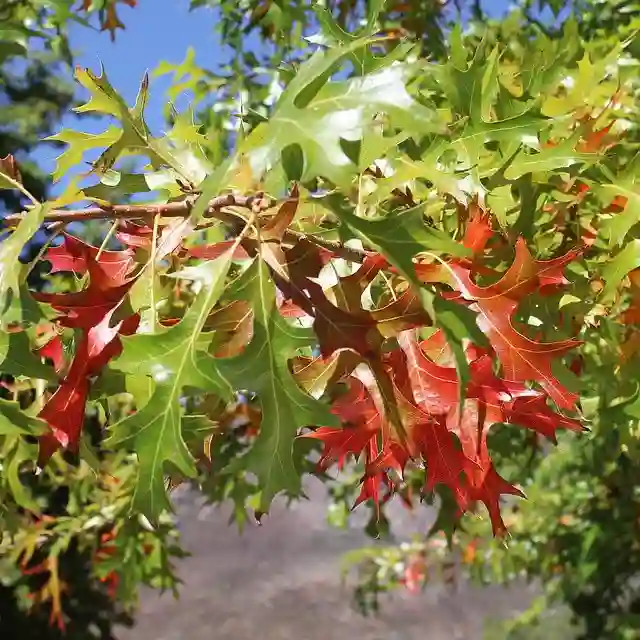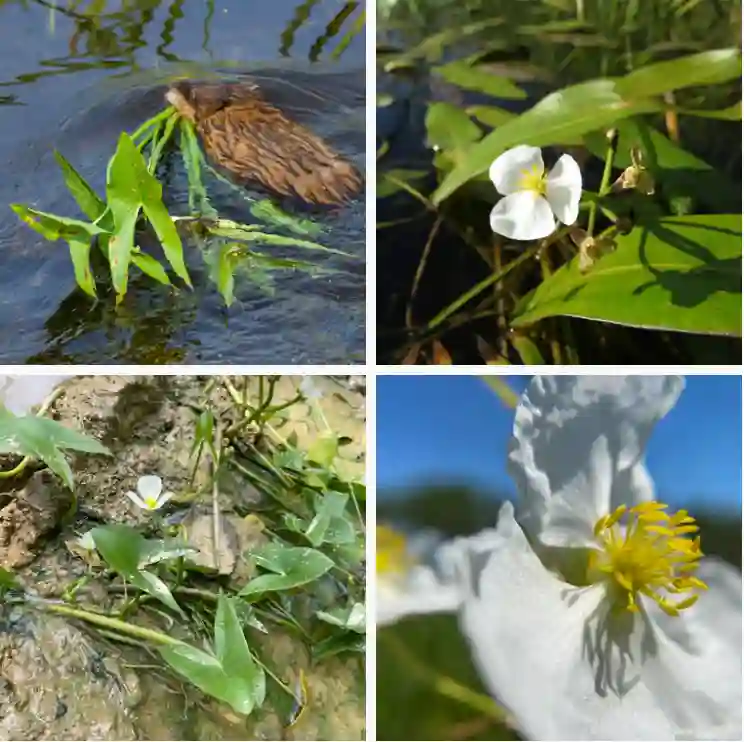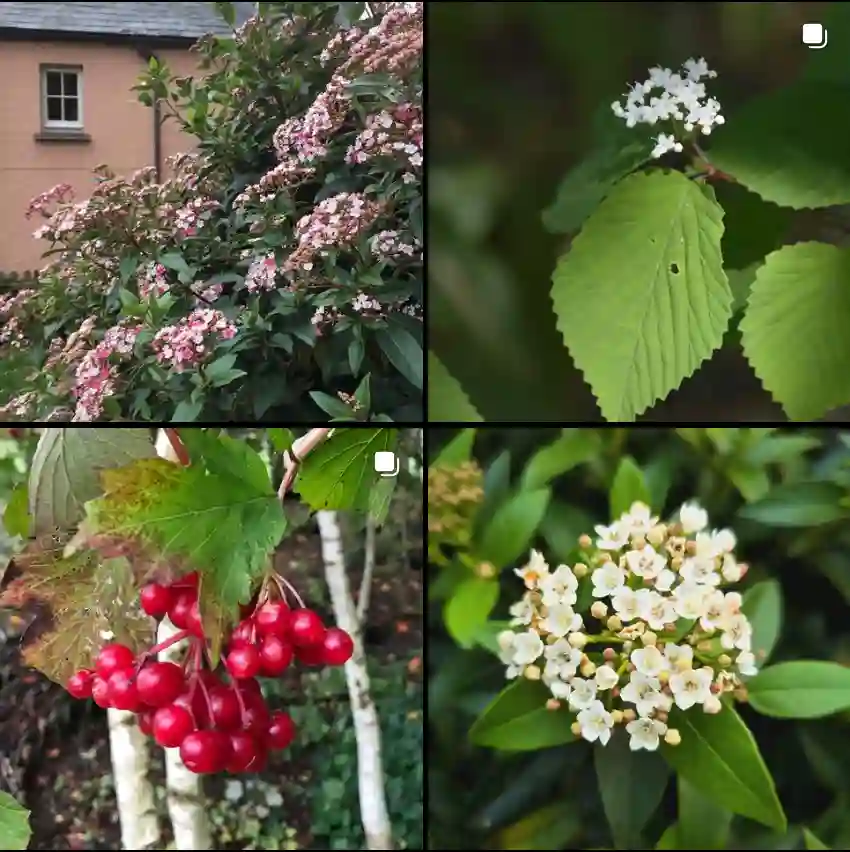A Gardener’s Guide to the Ceanothus Yankee Point: Vibrant Blooms and Easy Care
As a gardener, I’m always on the lookout for plants that offer beauty with minimal fuss. The Ceanothus Yankee Point, also known as the California Lilac, has become a firm favorite in my garden. This low-growing shrub explodes with vibrant blue flowers in spring, attracting butterflies and hummingbirds with its sweet nectar. But beyond its visual appeal, the Yankee Point is a California native that thrives with minimal water and thrives in well-drained soil, making it perfect for our climate.
Here, I’ll share my experience growing this delightful shrub, covering everything from planting to pruning to ensure you can enjoy its charm in your own garden.
73 Species in Genus Ceanothus
How to plant Ceanothus Yankee Point?
When planting your Ceanothus Yankee Point, choosing the right spot is crucial. This sun-loving shrub thrives in full sun, although it can tolerate some afternoon shade, especially in hotter climates. Avoid planting it in areas with poor drainage, as this can lead to root rot.
How far apart to plant Ceanothus Yankee Point?
Spacing depends on your desired effect. Yankee Point is a fast-growing spreader, reaching up to 12 feet wide at maturity. If you want a dense groundcover, plant them 3-4 feet apart. For a looser look with space for other plants, space them 5-6 feet apart.
When to Plant Ceanothus Yankee Point?
The ideal planting time for Ceanothus Yankee Point depends on your climate. In warmer regions with mild winters, fall or early spring are both excellent options. This allows the roots to establish themselves before the summer heat arrives. In colder climates with harsh winters, wait until spring after the danger of frost has passed.
Caring for Your Ceanothus Yankee Point: Easy Does It
Once established, the Ceanothus Yankee Point is a low-maintenance plant. Here’s what you need to know:
- Watering: Water deeply during the first year to encourage root development. Once established, Yankee Point is drought tolerant and only needs occasional watering, especially during hot, dry spells.
- Fertilizing: This shrub is not a heavy feeder. A light application of balanced fertilizer in early spring is sufficient.
- Mulching: Apply a layer of mulch around the base of the plant to retain moisture, suppress weeds, and regulate soil temperature.
Pruning Your Ceanothus Yankee Point
While not strictly necessary, pruning can help maintain the desired shape and size of your Yankee Point and encourage bushier growth.
When to prune Ceanothus Yankee Point?
The best time to prune is after flowering has finished, typically in late spring or early summer. Avoid pruning in late fall or winter as this can remove flower buds for the following spring.
How to prune Ceanothus Yankee Point?
Use sharp pruning shears to remove spent flowers and any unwanted branches. You can also lightly shear the top of the plant to encourage bushier growth. Avoid cutting into older, woody stems as this can damage the plant.
Beyond the Basics: Additional Tips for Success
- Companion Planting: Consider planting your Yankee Point alongside other California natives that share similar water needs, such as sages, ornamental grasses, and deer-resistant perennials.
- Deadheading: Regularly deadheading spent flowers will not only improve the overall appearance of the plant but may also encourage additional blooms throughout the season.
- Pests and Diseases: Thankfully, the Ceanothus Yankee Point is relatively pest and disease resistant. However, keep an eye out for aphids, which can be controlled with insecticidal soap.
By following these simple tips, you can enjoy the vibrant blooms and easy care of the Ceanothus Yankee Point for years to come. This California native shrub is a valuable addition to any garden, offering beauty, wildlife attraction, and drought tolerance – a true winner in my book.
If i die, water my plants!



